The Best Times of Year to Target Swordfish
Swordfish, with their distinctive bill-like swords and impressive fighting ability, represent one of the most coveted catches in deep-sea fishing. These powerful predators, scientifically known as Xiphias gladius, roam the world’s oceans following seasonal patterns influenced by water temperature, prey availability, and spawning behaviors. For anglers seeking to battle with these magnificent creatures, timing is everything. Understanding the seasonal movements and peak activity periods of swordfish can dramatically increase your chances of a successful expedition. This comprehensive guide explores the optimal times of year to target swordfish across different regions, examining the environmental factors that influence their behavior and providing practical insights to help plan your next deep-sea fishing adventure.
Understanding Swordfish Migration Patterns

Swordfish are highly migratory species that travel extensively throughout the world’s oceans, following specific patterns dictated by water temperature preferences and feeding opportunities. Generally, these magnificent predators prefer water temperatures between 64°F and 75°F (18°C-24°C), which significantly influences their seasonal distribution. During warmer months, swordfish typically move toward higher latitudes, while in colder seasons, they retreat to warmer, lower latitudes closer to the equator. Their vertical migration is equally impressive, as they often descend to depths exceeding 1,800 feet during daylight hours to hunt in cooler, deeper waters, then rise closer to the surface at night. Understanding these movement patterns is crucial for anglers looking to maximize their chances of encountering swordfish throughout the changing seasons.
Florida’s Prime Swordfish Season

Florida stands as one of the premier destinations for swordfish anglers, with the Florida Straits and areas off Miami and the Keys offering exceptional opportunities. The peak season for Florida swordfish runs from late spring through early fall, with May through September generally providing the most consistent action. During these months, the Gulf Stream brings warmer waters rich in baitfish, creating ideal feeding conditions that attract swordfish closer to accessible fishing grounds. Florida’s summer months also offer calmer seas on average, making the often challenging deep-drop techniques required for daytime swordfish more manageable for anglers. The fall months, particularly October and November, can produce trophy-sized specimens as swordfish feed aggressively before their winter migrations, making this shoulder season especially attractive for those seeking larger catches.
California’s Seasonal Swordfish Opportunities

On the West Coast, California swordfish fishing peaks later than in the Atlantic, with the prime season typically running from August through December. This period coincides with the warmest water temperatures along the California coast, particularly in the Southern California Bight from Point Conception to San Diego. Late summer and fall months see water temperatures reaching the mid-60s to low-70s Fahrenheit, creating ideal conditions for swordfish as they follow the seasonal abundance of squid, one of their preferred prey items. September and October are often considered the golden months for California swordfish, when the Santa Ana winds create periods of flat, calm seas, making it easier to spot the telltale fins and bills of basking swordfish. Traditional harpoon fishing, a method unique to the California swordfish fishery, becomes particularly effective during these calm weather windows when visibility is optimal.
Hawaiian Islands Year-Round Potential
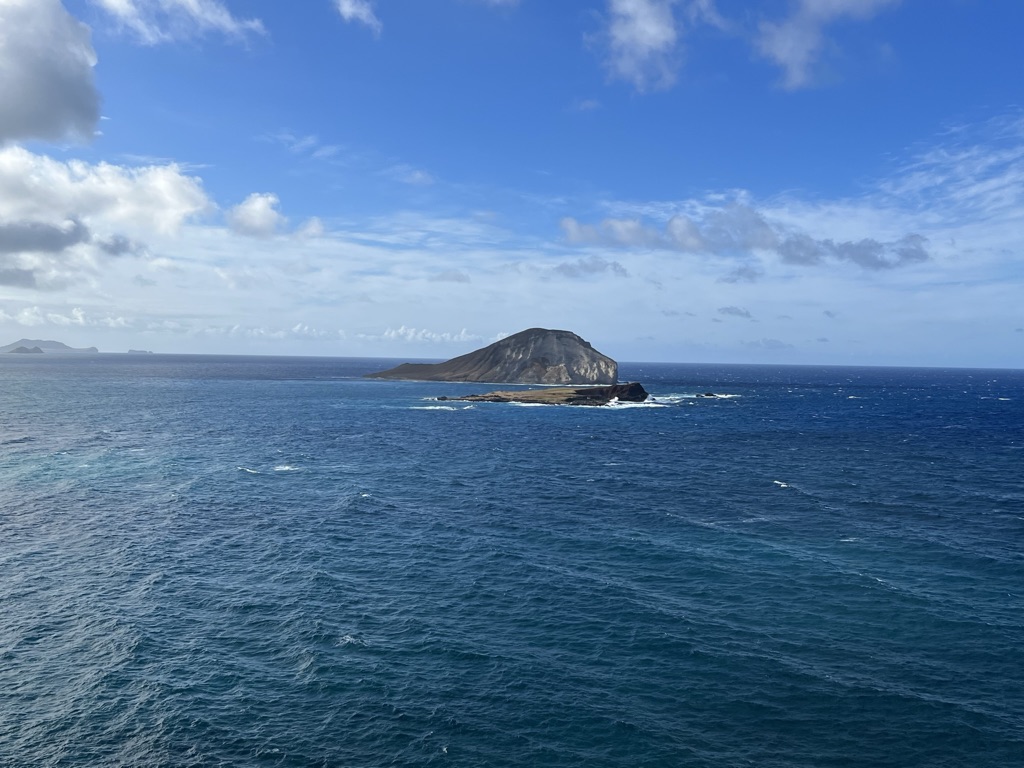
Hawaii offers one of the few locations worldwide where swordfish can be targeted year-round, though certain seasons still outperform others. The peak months typically run from December through May, when cooler waters bring swordfish closer to the islands as they follow food sources. The waters surrounding the Big Island, particularly off Kona, have developed a reputation for consistent swordfish action during these months. Hawaiian swordfish, locally known as “broadbills,” are often caught incidentally during daytime marlin trips, but dedicated nighttime swordfish trips have become increasingly popular among specialized charter operations. The winter months often produce the largest specimens, with fish exceeding 300 pounds not uncommon, while the summer months may see smaller but more numerous fish available to anglers willing to put in the time.
Mediterranean Peak Season
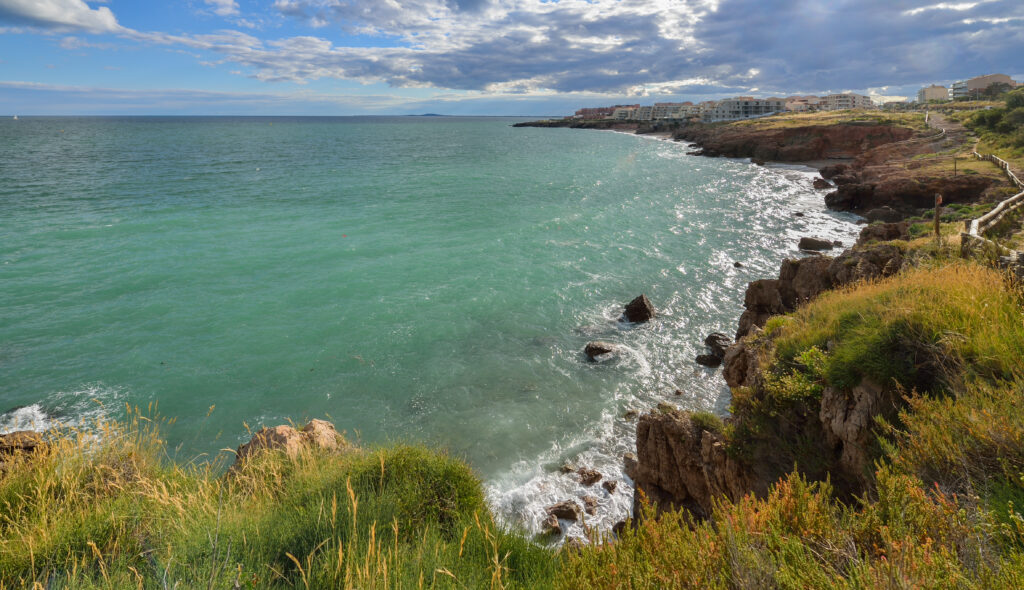
The Mediterranean Sea has historically been one of the world’s most productive swordfish fisheries, with the waters around Sicily, the Strait of Messina, and the Spanish coast offering excellent opportunities. The prime Mediterranean swordfish season runs from late spring through early fall, with June through September representing the peak months for both commercial and recreational fishing. During these months, swordfish move into shallower waters to feed and reproduce, making them more accessible to anglers. Traditional Mediterranean swordfish fishing often employs drifting baits at night, a method that proves most effective during the warm summer months when swordfish feed actively near the surface after sunset. The eastern Mediterranean regions, particularly around Greece and Turkey, see their peak season slightly later, with September and October often producing exceptional catches as water temperatures begin to cool from summer highs.
Australia’s East Coast Opportunities

Australia’s east coast, particularly off Queensland and New South Wales, offers excellent swordfish fishing with peak seasons that differ from Northern Hemisphere patterns. The prime months typically span from April through August, coinciding with the Southern Hemisphere’s fall and winter. During this period, the East Australian Current brings warmer waters and concentrations of baitfish closer to the continental shelf, attracting swordfish to these productive feeding grounds. The winter months of June and July often produce the largest specimens, with fish exceeding 400 pounds not uncommon in these waters. In recent years, daytime deep-dropping techniques have revolutionized Australian swordfish fishing, allowing anglers to target these deep-dwelling predators during daylight hours and significantly extending productive fishing opportunities beyond the traditional nighttime approaches.
The Influence of Moon Phases

Beyond seasonal considerations, moon phases play a critical role in swordfish behavior and can dramatically influence fishing success regardless of the time of year. Many experienced swordfish anglers consider the days surrounding the full moon to be prime time, as swordfish often feed more actively during these periods of increased natural illumination. The brighter nights during full moon phases allow swordfish to hunt more effectively near the surface, where they pursue squid and other prey that themselves become more active under moonlight. Conversely, the dark moon (new moon) phase can produce excellent daytime swordfish opportunities, as the fish may spend less time feeding during the darker nights and become more active during daylight hours. Planning fishing trips around favorable moon phases can significantly improve success rates, with the three days before and after the full moon often providing peak action in most fisheries worldwide.
Spawning Seasons and Fishing Productivity
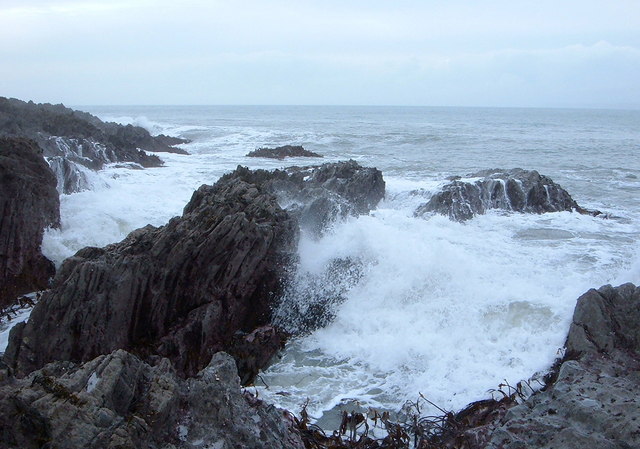
Swordfish spawning periods represent another crucial timing consideration for anglers looking to maximize their chances of success. In North Atlantic waters, spawning typically occurs from April through August in warmer tropical and subtropical regions, with peak activity in early summer months. During spawning, female swordfish become less active feeders, though the concentration of fish in spawning areas can still create productive fishing opportunities. Male swordfish often remain aggressive feeders even during spawning periods, creating situations where smaller but more numerous males may dominate catches. Responsible anglers should consider the sustainability implications of targeting spawning aggregations, with many opting to practice catch-and-release during peak spawning times to help ensure healthy swordfish populations for future generations.
Weather Patterns and Seasonal Accessibility
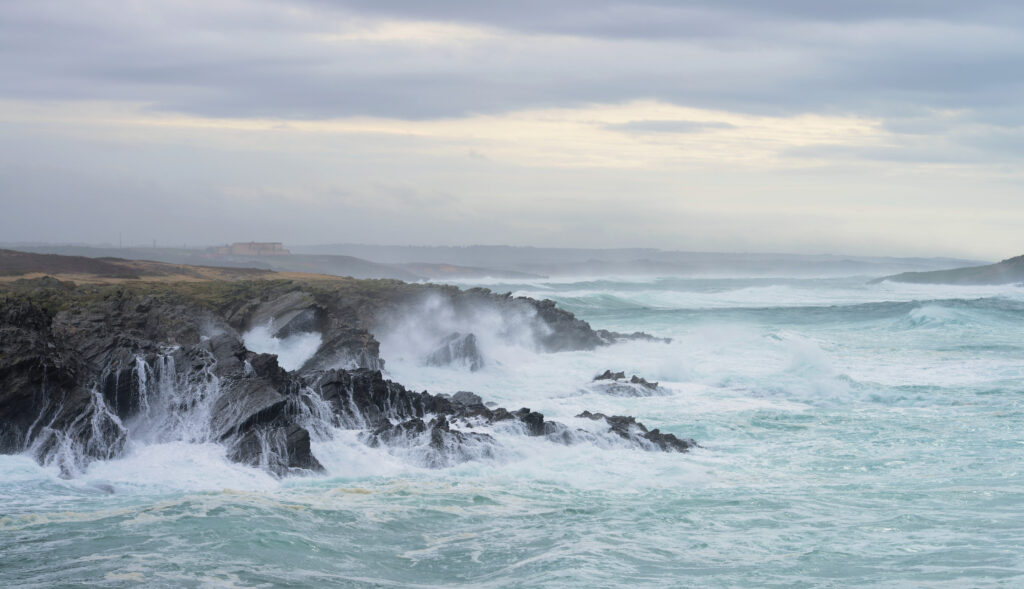
Weather conditions represent a practical consideration that significantly impacts swordfish fishing opportunities throughout the year. In most regions, summer and early fall provide the most consistent weather windows with calmer seas and more predictable conditions. Winter months, while sometimes productive for swordfish, often bring challenging sea conditions that can limit fishing opportunities, particularly for smaller vessels. The transition seasons of late spring and early fall often offer an ideal balance of good fishing conditions and more manageable weather, making these periods especially attractive for planning swordfish expeditions. Hurricane season (June through November in the Atlantic) adds another layer of complexity for planning in regions like Florida and the Caribbean, though the early and late portions of this season often provide excellent fishing opportunities between weather systems.
Daytime vs. Nighttime Seasonal Strategies

The emergence of effective daytime swordfish techniques has revolutionized the approach to seasonal timing for many anglers. Traditional nighttime swordfish fishing, which targets fish feeding near the surface after dark, remains most productive during warmer months when swordfish are most active in their nighttime surface-oriented feeding behavior. Daytime deep-dropping techniques, which target swordfish in their preferred daytime depth ranges of 1,200-1,800 feet, can remain productive year-round in many regions, though they require specialized equipment and techniques. The seasonal timing decision between day and night fishing often comes down to a combination of personal preference, available equipment, and specific regional patterns. Many successful swordfish anglers adapt their approach seasonally, focusing on nighttime techniques during peak warm-water months and switching to daytime approaches during transitional periods when nighttime surface feeding becomes less predictable.
Technological Advantages in Seasonal Timing

Modern technology has transformed anglers’ ability to identify optimal swordfish timing beyond traditional seasonal patterns. Satellite imagery services providing sea surface temperature (SST) maps allow anglers to identify the temperature breaks and edges that often concentrate swordfish, helping to pinpoint productive areas within broader seasonal windows. Chlorophyll maps highlight areas of increased biological productivity that attract baitfish and, subsequently, predators like swordfish. Advanced fishfinders and sonar systems capable of reading depths exceeding 1,500 feet now allow anglers to locate the thermoclines and bait concentrations that hold daytime swordfish. These technological tools, when combined with traditional seasonal knowledge, enable anglers to make more informed decisions about when and where to target swordfish, often extending productive fishing opportunities beyond conventional seasonal windows.
Commercial Fishing Seasons and Regulations
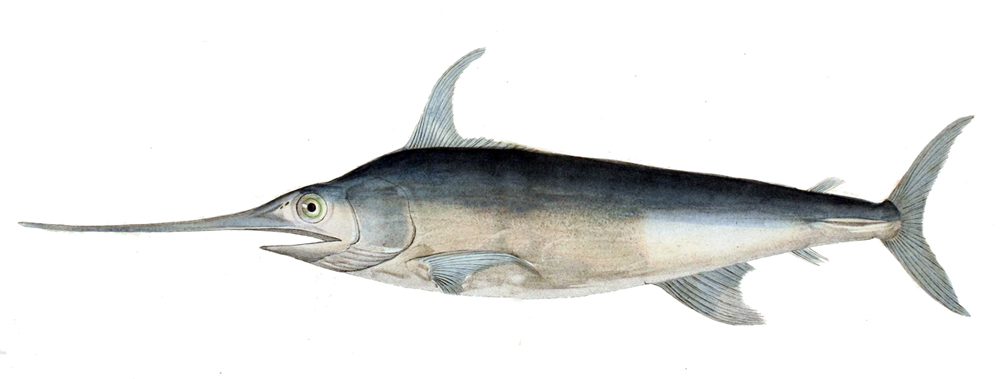
Recreational anglers must also consider commercial fishing seasons and regulatory frameworks when planning swordfish expeditions. In many regions, commercial swordfish fishing operates under quota systems with specific seasonal openings and closures that can affect fish availability and behavior. Areas experiencing heavy commercial pressure may see temporary declines in swordfish populations or changes in behavior that make fish more wary and difficult to catch. Understanding these commercial patterns can help recreational anglers time their trips to avoid periods of intense commercial activity. Additionally, recreational swordfish regulations often include seasonal considerations, with some regions implementing closed seasons or adjusted bag limits during spawning periods to protect breeding stock, making it essential to check current regulations before planning trips.
Climate Change and Shifting Seasons

Climate change has begun altering traditional swordfish seasonal patterns, creating new challenges and opportunities for anglers. Rising ocean temperatures have pushed the northern boundaries of swordfish habitat further poleward in both hemispheres, extending seasons in some regions while potentially shortening them in others. Changes in ocean circulation patterns affect the timing and intensity of productive upwellings that concentrate baitfish and attract swordfish. Long-term shifts in spawning timing have been documented in some swordfish populations as they adapt to changing environmental conditions. Forward-thinking anglers now monitor these evolving patterns and remain adaptable in their approach, recognizing that historical seasonal knowledge, while still valuable, must be supplemented with current observations as swordfish adapt to our changing oceans.
Conclusion
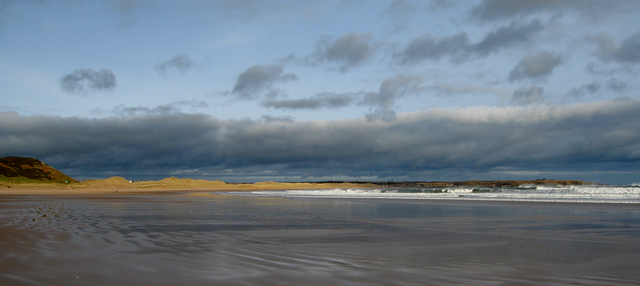
The pursuit of swordfish represents one of recreational fishing’s greatest challenges and rewards, with timing playing a crucial role in success. While each region has its distinct peak seasons—summer in Florida, fall in California, winter in Hawaii, and winter in Australia—the best anglers recognize that opportunity exists beyond these traditional windows. By combining seasonal knowledge with an understanding of moon phases, spawning patterns, and weather conditions, and leveraging modern technology to pinpoint productive areas, today’s swordfish anglers can find success throughout much of the year. As climate change continues to shift traditional patterns, adaptability and willingness to challenge conventional wisdom about “best” seasons will become increasingly important. Ultimately, the perfect time to target swordfish balances peak biological opportunity with practical considerations of weather, regulations, and personal preferences—a calculation as complex and rewarding as the magnificent predators themselves.

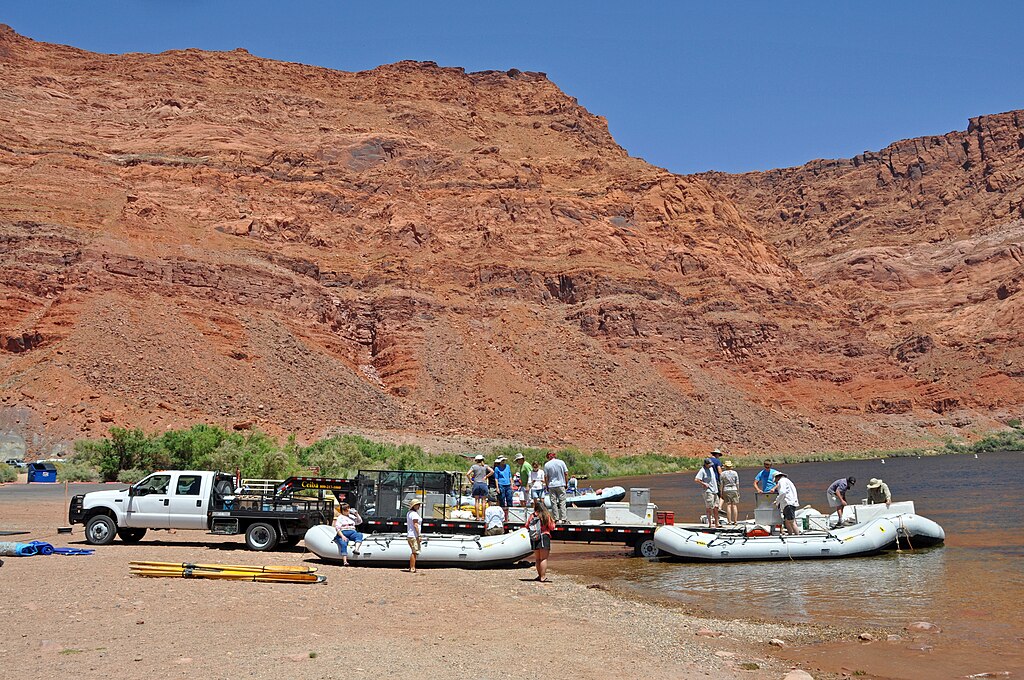

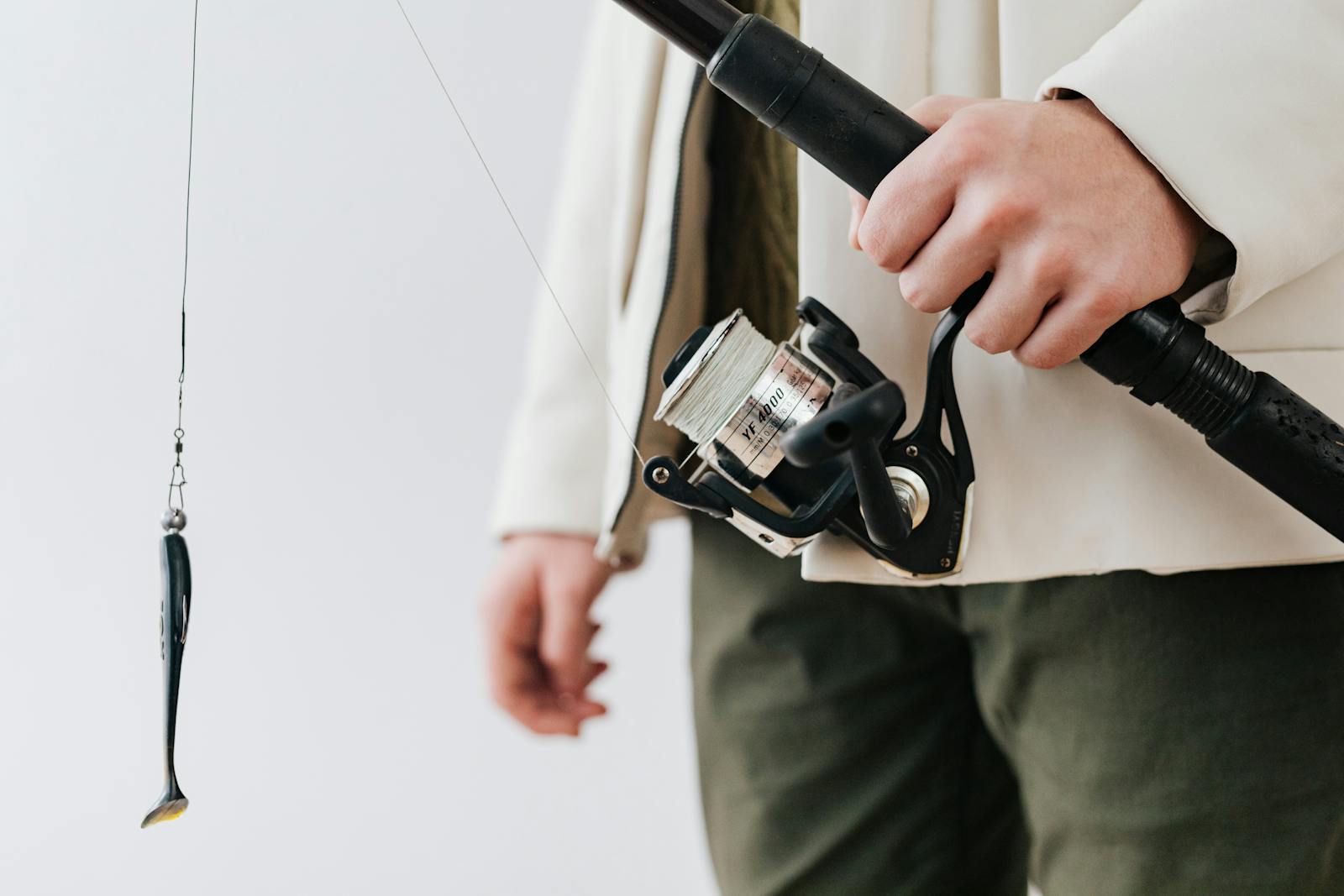










Post Comment